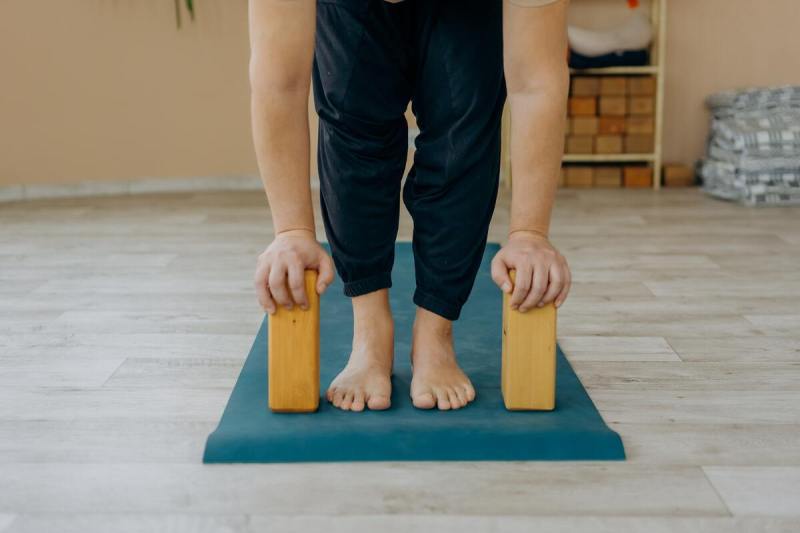
As you make progress on your fitness journey, keep your mind open to various forms of exercise and wellness regimens. You’ve likely seen great benefits from cardio workouts and strength training, but you’ll want to keep up with another great form of exercise that will be vital to your health. Yoga is a great tool to have in your arsenal, as it’s effective for strength and flexibility as well as balance between your body and mind.
It’s important to take a deeper look into the variations of yoga because the different components of yoga can provide unique benefits. Various yoga poses can enhance your mobility and flexibility, as well as your range of motion. This will be advantageous for your strength and will help ease any muscle pain or stiffness.
Let’s dive into the different types of yoga you can try, as well as the benefits this form of practice provides for your body, mind, and soul.
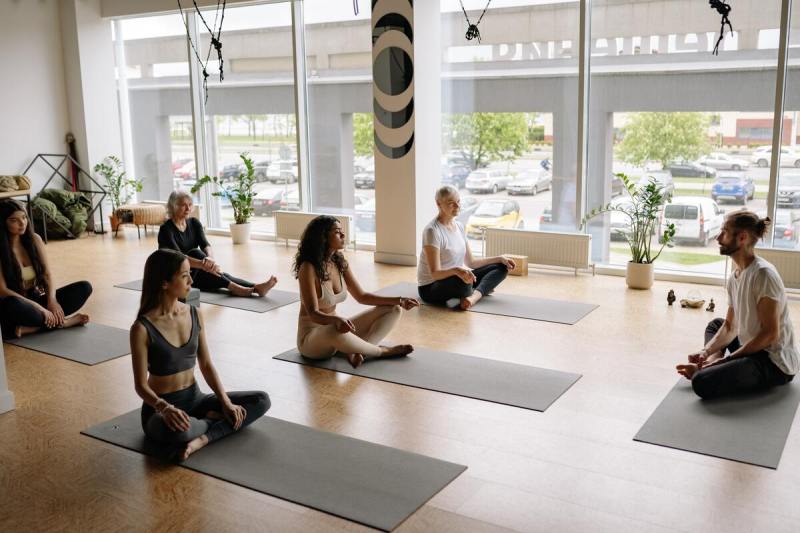
Hot yoga
If you are looking to turn up the heat and break a sweat, you may enjoy doing hot yoga. This entails doing yoga in a hot room with a temperature of 104 degrees Fahrenheit. Hot yoga is often used interchangeably with Bikram yoga disciplines, in which there is a series of breathing exercises and nearly thirty poses.
Other yoga styles that can be done as hot yoga are Vinyasa and Core Power yoga, which are effective when they’re done at the perfect heated temperature. Furthermore, engaging in yoga in the sauna at 122 degrees Fahrenheit can nurture improvements in flexibility. This also optimizes physical strength and balance.
The consistent practice of hot yoga is great for building up your upper and lower body strength. The heated environment helps to prime the body for activity and movement and ultimately enhances your range of motion. Going through the series of twenty-six poses, including the corpse poses, among deep breathing and relaxations, can benefit your spinal support, your posture, and the ability to bend and stretch your body.
Performing yoga in a heated environment has been said to have beneficial effects against inflammation. Additionally, hot yoga may affect muscles similarly to locally applied heat that enhances both active and passive range of motion. Overall, it may improve metabolic parameters, like insulin sensitivity, and cardiovascular components, like blood pressure.
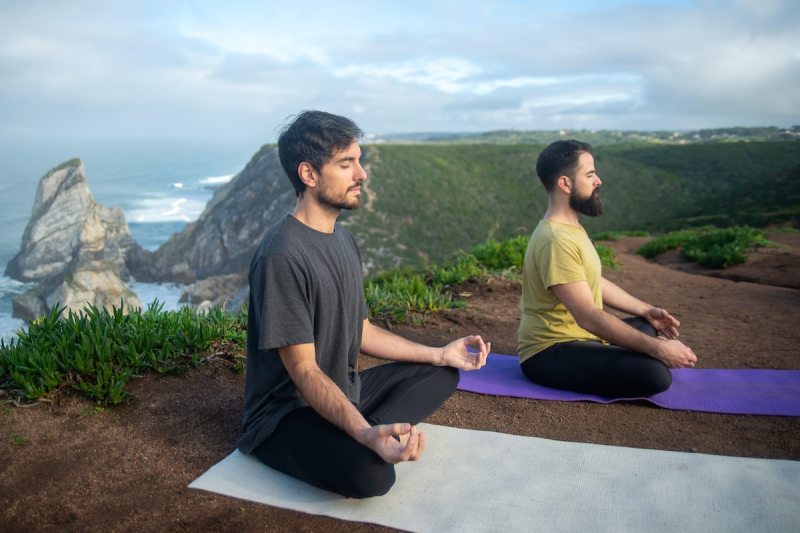
Core power yoga
For those of us who embody the Energizer Bunny, core power yoga is a great option. This more energetic form of yoga is designed to challenge the body and mind. It also aims to detoxify and heal your system, all by connecting you to an inner power.
This inner power is based on the mind-body connection because you’re encouraged to focus on your center at that moment. As you focus on your body, feel free to think of how it relates to space and the way this makes you feel. This gives you a greater awareness of the way your mind and body relate to each other and the emotions you experience.
The results of a study comparing core power yoga with Pilates and Zumba suggested that core power yoga was the most effective fitness agent for honing agility and strength. It is important to note that cardiovascular endurance was also improved, which may provide much-needed stamina when working on your core.
There is great significance for your health and overall well-being because yoga can build your core and improve your posture in the process. This can be crucial because strong core muscles are needed to effectively drive your bodily movements and protect you from injury. Pairing your Bird Pose or Reverse Warrior with more strenuous, fast-paced movements to challenge the muscles will harness your strength in the long run.
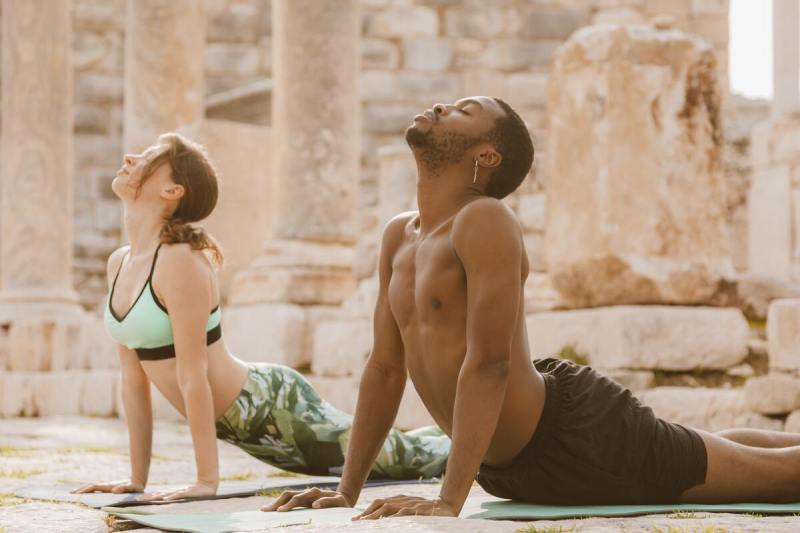
Vinyasa yoga
When doing Vinyasa yoga, consider that this is a more rigorous yoga style that involves a continuous movement of poses rather than holding your pose in a static position.
This type of yoga has been utilized for stronger muscles and balance. There is also a basis for using Vinyasa as a method to upgrade flexibility and endurance. Like most forms of yoga, it’s advantageous for your ability to balance and stretch, as well as the strength and stamina to endure more rigorous physical activity.
Not only will you give your body the support it needs, but you will experience great stress relief as well. You’ll engage in this form by adhering to guided meditation and doing back-bending poses. In addition to this, you can also try reclining, twisting, and forward bending to increase your power.
The effectiveness of Vinyasa has been investigated in research studies, with results supporting the benefits of this variant. There was a greater ability to do chest presses and upgraded abdominal endurance. This is due to the focus on core and body weight support.
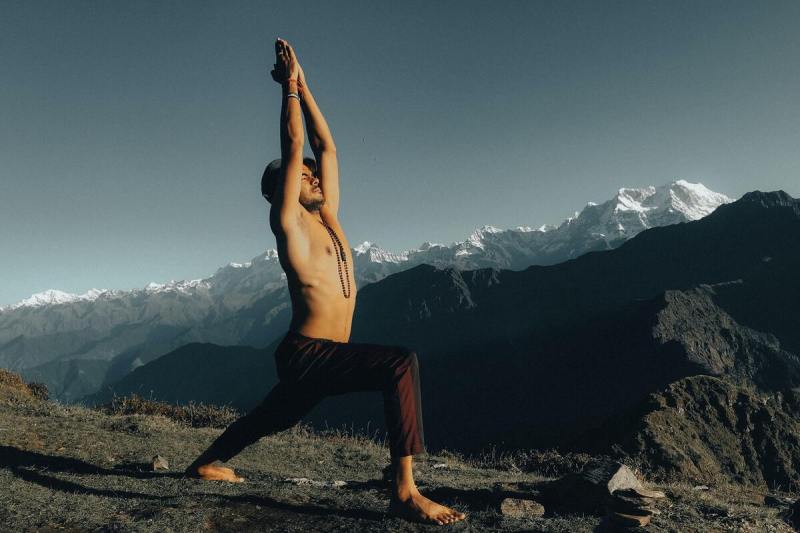
Ashtanga yoga
Ashtanga yoga is another variant that is centered on power-based yoga. Compared to other disciplines, this is the physically demanding form, reminiscent of aerobic training workouts. You’ll follow a consistent order of positions and work through deep breathing and mindfulness exercises.
Your workout can consist of various sun salutation sequences for 15-minute warm-ups and cooling periods, which benefit your alignment. This sequence can carry you from an upright position to bending forward and bending backward in the Upward Facing Dog posture through a series of at least ten variations. The time in between will be spent doing cardio-based yoga for an hour.
There are benefits to physical abilities and also the mind, as the aerobic-friendly characteristics can improve depressive symptoms early on. This is due to the ability to alleviate physiologic imbalances, which benefits the endocrine system, as well as hormone production and stress response. Your immune system and cognitive function will be optimized as well.
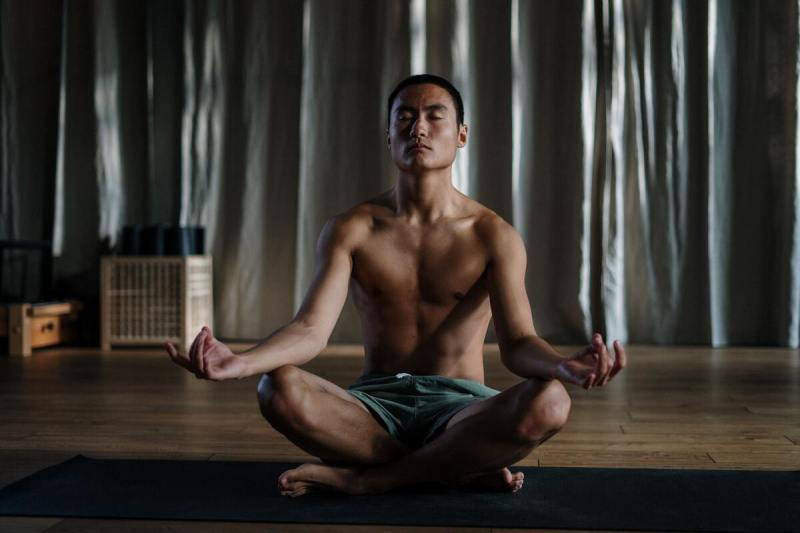
Kundalini yoga
One of the most powerful types of yoga is Kundalini. This is the door you want to open when it’s time to set yourself free from all the stressors of your life. The meditation and spiritual energy that is engaged with this form can be so empowering that it may even help with addiction recovery.
Whether you do it in the morning or at night, you’ll meditate for your desired length of time on an empty stomach. By chanting a mantra you wish to achieve and performing your deep breathing techniques, you’ll focus on the movement of your breath throughout your body and the way you can feel the activated energy along your spine. This promotes positive feelings and refreshes your spirit, allowing you to feel a boost of energy and rejuvenation throughout the day.
This is not only great for stress relief, but it can be effective for your cognitive function and helps to reset the nervous system. Results of research studies investigating Kundalini yoga while standing, sitting, or lying down have shown this yoga to be effective in alleviating neck and back pain. This consisted of deep breathing and executing slow movements of spinal twists, neck rolls, and sat kriya, which ultimately boosted flexibility and muscle strength.
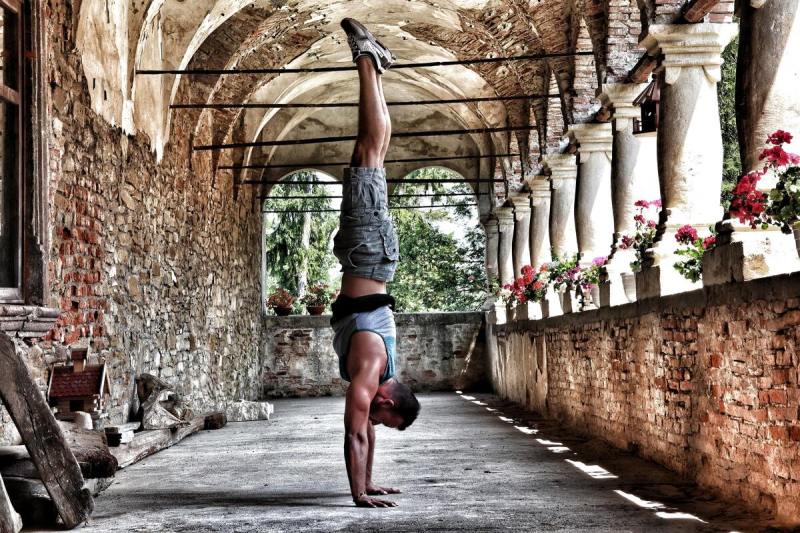
Hatha yoga
Hatha yoga can reflect a general application of most yoga variations and is a nice, stable method for controlling and sustaining balance. This form comprises deep breathing and calls for you to make slow, deliberate movements as you advance through your sequence of poses. The low-impact motions make it safe and effective for correcting disordered balance.
When beginning Hatha, you’ll go through stretches and breath control techniques, as well as meditation and relaxation. An important facet is the emphasis on the muscle and organ contraction techniques. Various positions can increase your flexibility and mobility, like the Plane, which entails bending your torso toward the ground while standing on one leg with the other leg extended outward.
Hatha has been an effective therapeutic agent for pain and stiffness. You can attain these benefits for your total body movement by doing Grasshoppers, the Cobra pose, and leg lumbar stretches.
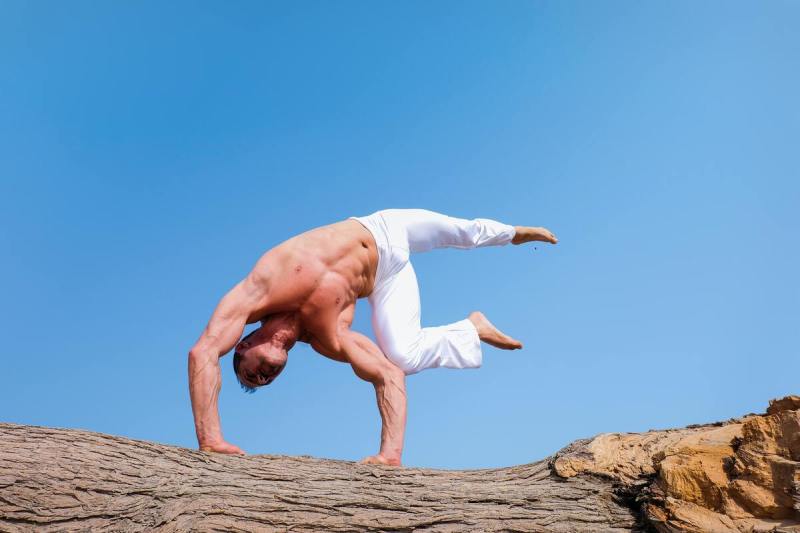
Iyengar yoga
There’s no better way to get centered than with Iyengar yoga, as this type of yoga is all about alignment. For this reason, you may use tools like wall ropes and weights to deliver traction for muscular movements.
Iyengar yoga can be great for improving your posture and providing a stable foundation for your body’s functionality. Using the ropes enables you to stretch out with your feet on the wall, or you could bend across benches. As you do back bending positions and exercise the joints that anchor spinal alignment, you’ll be able to move more fluidly and free of stiffness.
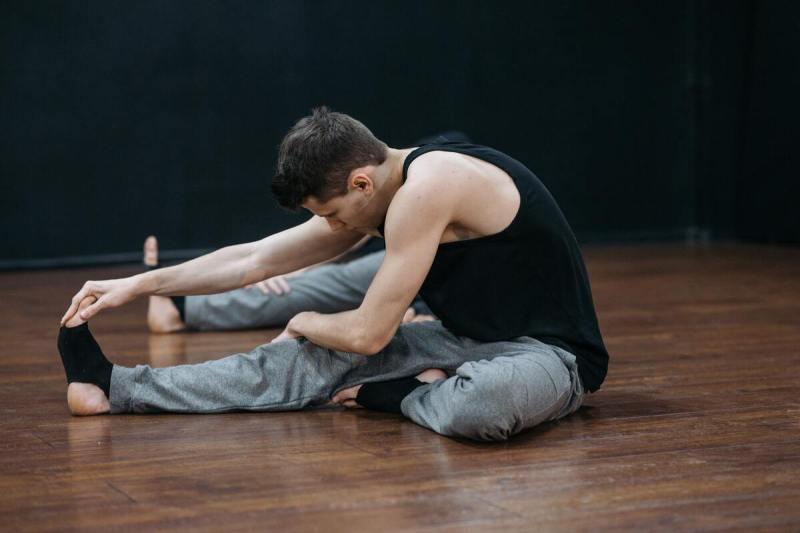
Restorative yoga
Restorative yoga can be essential for relieving pain and tension, which helps in rehabilitating your musculoskeletal capabilities. Unlike most yoga variants, restorative yoga doesn’t demand the same flexibility and physicality. Instead, there are just a few poses to graduate through, and you can use a towel or pillow for body support.
There is great emphasis on relaxation and mindfulness, which is bolstered by making a connection between body and soul. As you perform this, you’ll breathe through your nose slowly with a closed mouth. As your muscles and spine become relaxed, you’ll combat stress and see increased muscle tone and circulation.
Editors' Recommendations
- 4 yoga poses to build core strength you can do anywhere
- This one simple healthy food trick may get you to eat better more often
- The benefits of cinnamon, and why you should be eating more of it
- New study says this is the best time of day to exercise if you want to lose weight
- 8 great Pilates workouts to keep you tight, toned, and feeling your best




